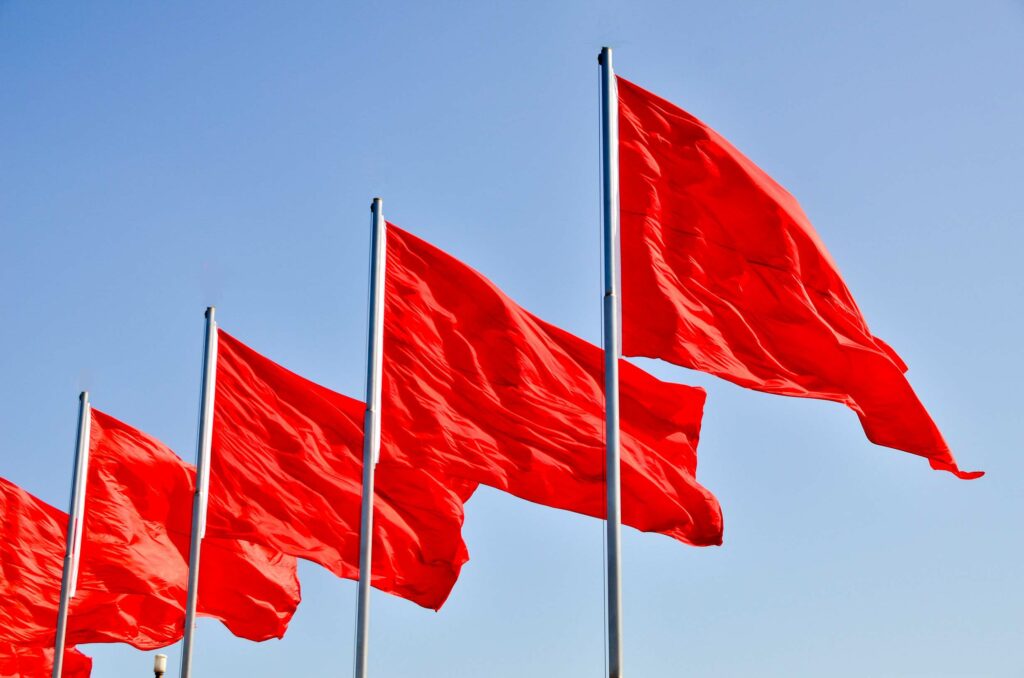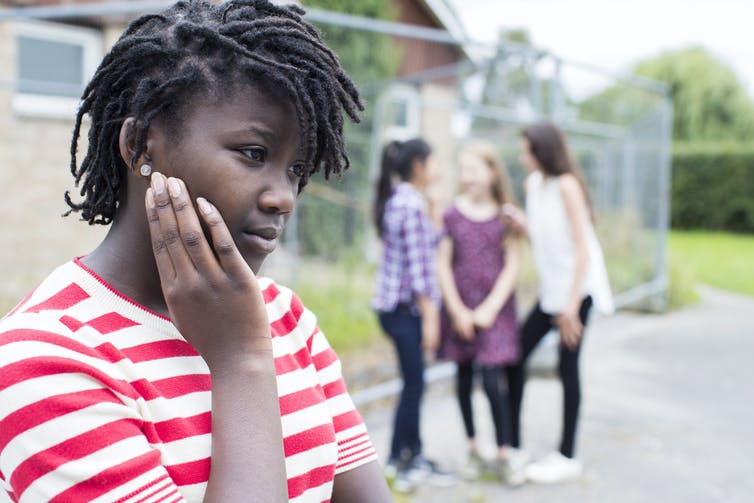By ANONYMOUS
If you haven’t heard about the recent national scandal of sexual abuse in South African schools, you’ve probably been living under a rock for the past few months. The podcast My Only Story has been shared widely across South Africa and the world and has everyone asking one question; are our schools safe for children?
The real question we should be asking ourselves is how we protect children from predatory individuals, not just in schools but in the whole of society.
The Optimus National Prevalence Survey in 2016 reports that 1 in 3 adolescents (ages 15-17 years) in South Africa has been sexually abused in their lifetime. With boys representing 36.8% of those sampled and girls 33.9%.
Limited studies exist that prove precisely where this abuse is occurring and by whom; however, with children spending most of their time at school, it’s not surprising that abuse is happening in our schools.
My abuse started at the age of 13 at the same school my sibling was attending, the same school my cousin had attended, and the very same school my mother had attended when she was my age.
As with many types of abuse, it was preceded by months of careful grooming, isolation, and manipulation. I was a bright child, confident, strong academically, good at sports and relatively popular. But my abuser saw past that, as with most children, I had insecurities and weak spots that could be manipulated. Before I knew it, I was caught in a web of coercion, lies, manipulation and violence. Unable to tell up from down and right from wrong, my world quickly spun out of control.
Over the next two years, my abuser became possessive, violent, and highly manipulative. As I began to act out, he closed in on my support network. Offering his help and friendship to my family and friends to deal with the ever-growing whirlwind of a disaster I was becoming. As I withdrew from friends and family, I stopped attending classes and sports. I grew anxious and depressed. I struggled to eat, lost weight and hurt myself at every opportunity. I became ‘difficult’ at school, and he promoted himself amongst his colleagues as my pastoral carer. There was nowhere to turn and nobody to help. Or was there?
The biggest injustice of my childhood was not being abused; it was being ignored.
The Optimus study reports that 40% of adolescents studied were abused more than once. One in ten children who a known adult abused said they were abused four or more times. So how can we miss it?
Fifteen years later, I can write an A4 page of people that should have known I was in trouble, that could have helped me before I realised I needed help myself.
So what does an abused child look like? Well, in all honesty, it’s not a one size fits all answer. Abuse in any setting is by its design secretive in nature, but there are red flags that teachers, parents, coaches and peers can look out for.
Signs of abuse in children:
- Changes in behaviour: becoming withdrawn, secretive, overly outspoken, aggressive, tearful, promiscuous, anxious, depressed, or suicidal
- Changes in appetite: binge eating or lack of appetite
- Self-harm or self-destructive behaviour patterns
- Has difficulty sleeping or sleeping too much
- Dressing differently
- Possessing gifts like jewellery, clothes etc. from an unknown source
- Illnesses that don’t seem to have a physical cause like frequent headaches or stomach pains
- Changes in friendship groups and social behaviours, including struggling to make and maintain friendships
- Spending more time alone
- Impulsive and unpredictable behaviour
- Substance or alcohol abuse
- Low self-esteem/self-confidence
- Confusion about sexual identity
- Spends a lot of time online or on social media and can be secretive about it
- Changes in academic or sporting performance
- Lack of interest in pre-established hobbies or sources of previous enjoyment
- Being bullied or bullying others
- School absences or not wanting to go to school/sports/ clubs or wishing to change schools/clubs/sports
Interestingly a fact that resonated strongly with me is that many victims (86.7%) in one study of children from the Northern Province perceived themselves as not sexually abused as a child. And had the police not knocked on my door one day after a tip-off, I think I may have kept the secret to myself until this day.
So how do we protect children from abuse in schools? Well, it has already started in the acknowledgement that it is a dreadfully more common problem than we would like to admit. Media coverage is essential in highlighting the issue. However, misplaced loyalties, shame and a false sense of security should not stop us from asking the questions that need to be asked. Challenging people of concern and asking those we suspect to be victims – what can I do to help?
Of course, the answer to all major injustices usually lies with education, educating your children to do away with misplaced loyalties, bravado and embarrassment. Nurture caring, open relationships and encourage your children to do the same. And most importantly, be brave enough to ask questions when something is not right.
Support after the fact is also essential. In my case, the support was not really there. My parents struggled to know how to deal with me. I was not allowed to discuss the abuse with anyone until the case went to court. I was bullied heavily by everyone that knew about it, by both teachers and students. The case was heavily showcased by the media and people thought I was a liar, even after he pleaded guilty and was sentenced.
I did seek counselling afterwards, but I was still left with depression, anxiety and PTSD as a result of what happened to me. This is relatively common among survivors of abuse. However, against all that, I have worked hard, managed to go to university, and have a great career. But it certainly left me with a lot of emotional baggage that continues to wreak havoc in my daily life. This is why I write this article; so much harm can be prevented if people only know to look for the signs of abuse.




